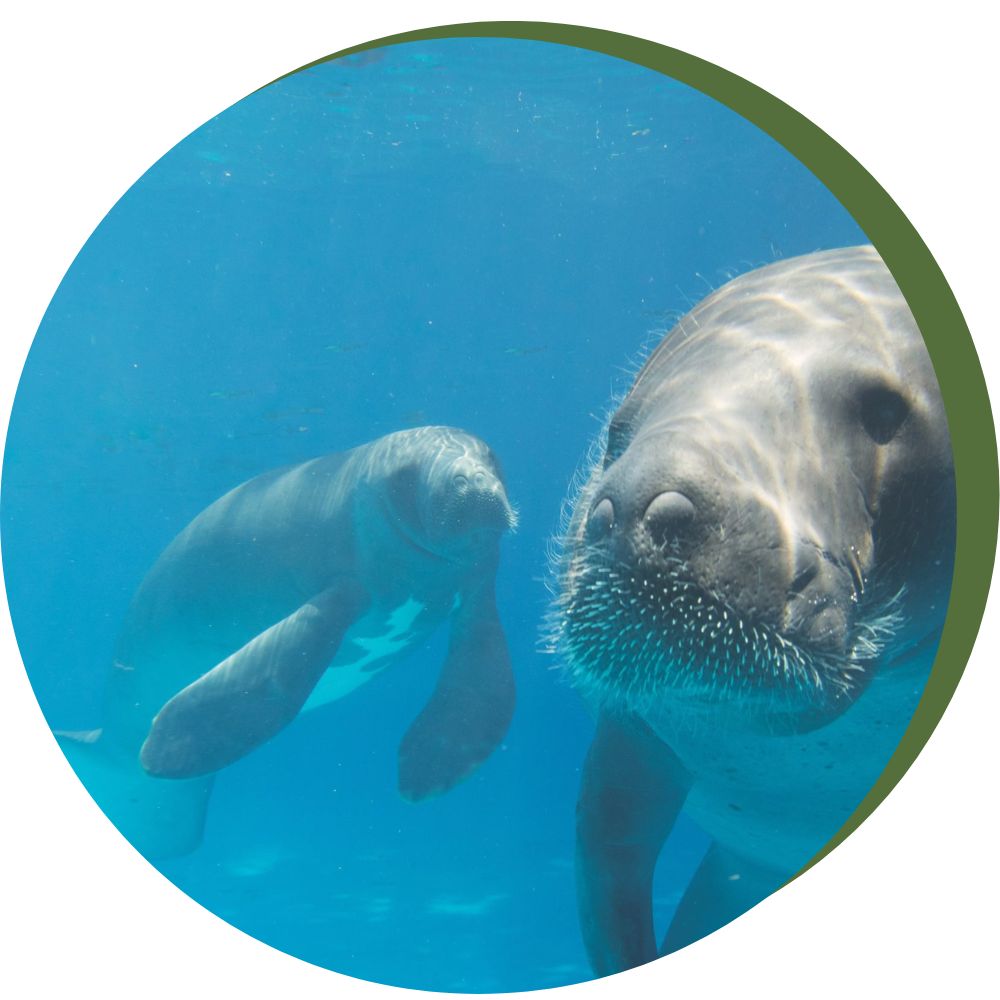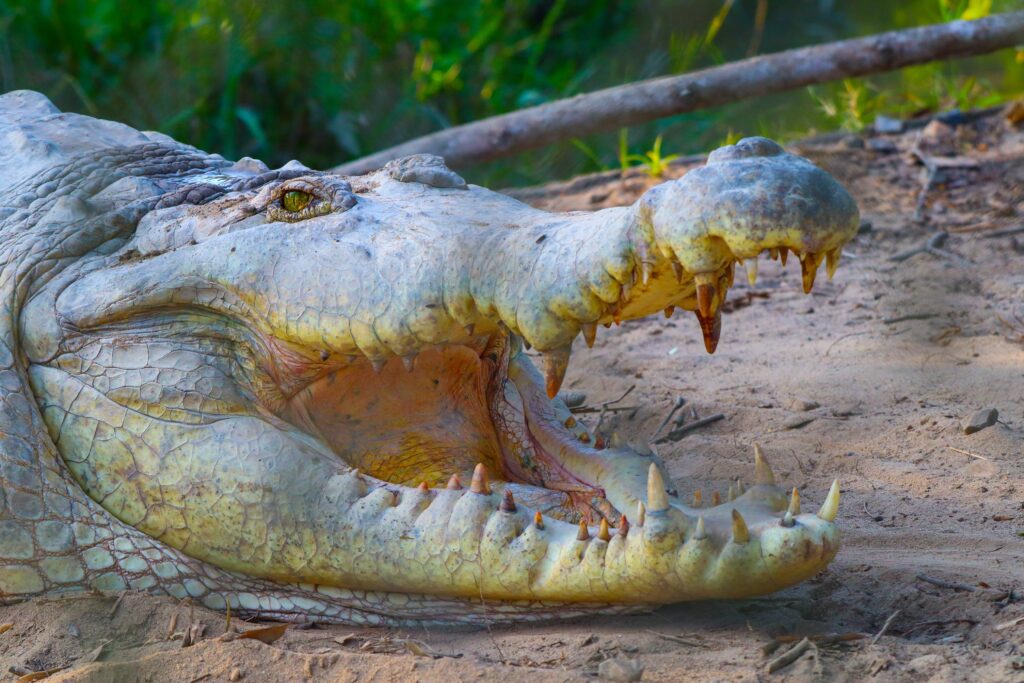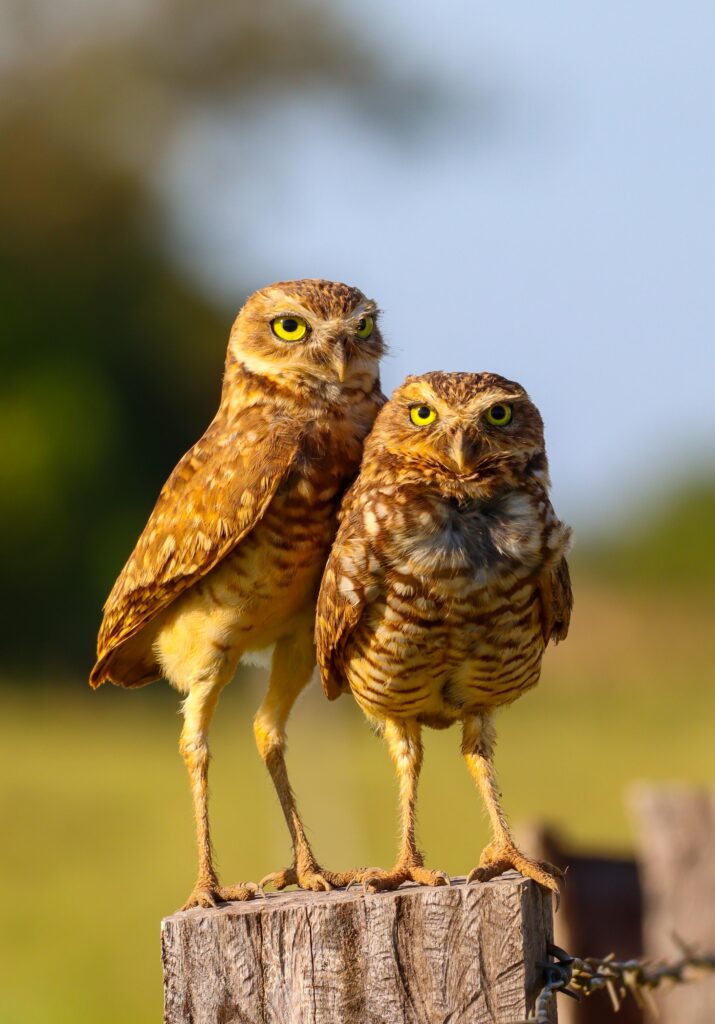A silent shadow returned to the wild… The jaguarundi.
a small and mysterious wild cat, took its first steps back into freedom — into the forests and plains of Casanaré at @thecapyproject where it belongs.
These cats are rarely seen. They move quietly, live alone, and speak in soft whistles and purrs. They are the secret keepers of the forest, essential to the balance of nature, yet often forgotten.
For over a year after he arrived at the compound as a kitten, The dedicated workers of @corporinoquia.oficial cared for him with hope and patience. Today, we let go — and in doing so, gave a piece of wild Colombia its spirit back.
Releasing an animal is never just about opening a cage. It’s about restoring what was broken, healing what was lost, and believing in a world where nature still has a chance.
This is why we protect. This is why we fight for the wild.
Jaguarundi #Rewilding #CasanaréSalvaje #CapyProject #WildSoul #VidaSilvestre #EsperanzaVerde #ColombiaNatural #WildlifeFreedom
Despite Casanare ́s ecological importance…
…the region faces threats such as habitat loss due to agriculture, ranching, infrastructure development, oil exploitation and hunting. These activities can disrupt ecosystems and put pressure on wildlife populations.
Crocodylus intermedius
Orinoco Crocodile
One of the biggest crocodiles that exists today. They can be only found in the Orinoco river basin in Colombia and Venezuela. The biology of the Orinoco crocodile is poorly documented in the wild, mostly due its small population.
It is Critically Endangered on the IUCN Red List of Threatened Species. The current population estimate is less than 1000. Continuing threats are habitat change, habitat fragmentation, and pollution due to riverside development and human occupancy.
Sightings have been reported in the Guanapalo river by the capy project foundation.
Pteronura brasiliensis
Giant Otter
The largest member of the weasel family, an apex predator, reaching up to 2 metres. Fish make up most of the giant otter’s diet. They hunt alone or in groups, sometimes using coordinated efforts, and must be successful often to meet their daily intake quota. Giant otters live in rivers and creeks however they come ashore to give birth in their underground
dens and deliver litters of one to six young.
It has most recently been listed as Endangered on the IUCN Red List of Threatened Species. Wild population estimates are typically below 5000. Threats include contamination, overfishing and conflict with fishermen, infrastructure such as roads and hydroelectric dams and hunting.
They are present in the Churuai creek and Guanapalo river in the capy project foundation.
Panthera onca
Jaguar
The largest cat species of the Americas and the third largest in the world. Jaguars live alone and are quite good swimmers. They have the strongest jaw muscles of all of the big cats which they use to pierce its prey ́s skull. Females have litters of one to four cubs.
Jaguars are threatened by habitat loss, habitat fragmentation, poaching for trade with its body parts and killings in human – wildlife conflict situations. It has been listed as Near Threatened on the IUCN Red list.
Sightings have been reported in recent months around the capy project foundation.
Myrmecophaga tridactyla
Giant Anteater
As the largest of all four anteater species, the giant anteater can reach eight feet(240cm) long from the tip of its snout to the end of its tail. Anteaters are edentate animals—they have no teeth. But their long tongues are more than sufficient to lap up the 35,000 ants and termites they swallow whole each day.
Listed as vulnerable IUCN Red List. Sadly, giant anteaters are disappearing because of habitat destruction, hunting and road kills. Only about 5,000 anteaters remain in the wild.
You can find them in the forests of the capy project foundation at dawn or at sunset.
Tapirus terrestris
LowLand Tapir
The Lowland tapir can be identified by its large stiff mane or crest from forehead to shoulder, which the other three species of tapirs do not have. They are also known for being strong swimmers, with the ability to cross rivers and take to the water to escape predators.Lowland tapirs can grow to 6 feet long (1.8 metres) and 550 pounds (225 kg).. They have large teeth, perfect for grinding up plants and seeds, and their long prehensile snout is used to reach for leaves and fruits.Lowland tapirs are primarily solitary and shy, grazing and foraging at night and resting or hiding during the day. They eat fruits and other vegetation.
Lowland tapirs are listed as vulnerable on the IUCN red list of endangered species. Threats include habitat loss due to farming and industrial agriculture and being hunted for their meat.
Although they are present in Casanaré, sadly there hasn’t been any sighting of tapirs around the capy project in recent years. Introducing them again to the region would be one of the major projects of the capy project foundation.
Trichechus inunguis
Amazonian Manatee
The smallest of the three extant species of manatee and is the only sirenian that lives exclusively in freshwater habitat. The Amazonian manatee is a herbivore that feeds on aquatic vegetation near lake edges, such as aquatic grasses, and floating vegetation such as water lilies.
The main threat to the Amazonian manatee is illegal hunting. They are hunted for subsistent and local use, not commercially. The hunting has led to the large decline in the population and low population numbers. Between 1935 and 1954, over 140,000 manatees are estimated to have been killed.
Manatees are present in the Meta River and its streams.
Restoring Ecological Balance
Our conservation efforts aim to reverse the alarming decline of wildlife and restore the delicate ecological balance in Colombia’s eastern plains.
Protecting Endangered Species
We are dedicated to safeguarding apex predator species like Jaguar, Giant Otter, and Orinoco Crocodile threatened by industrialization.
Become a part of the solution
Support our mission to protect and restore Colombia’s unique biodiversity.








